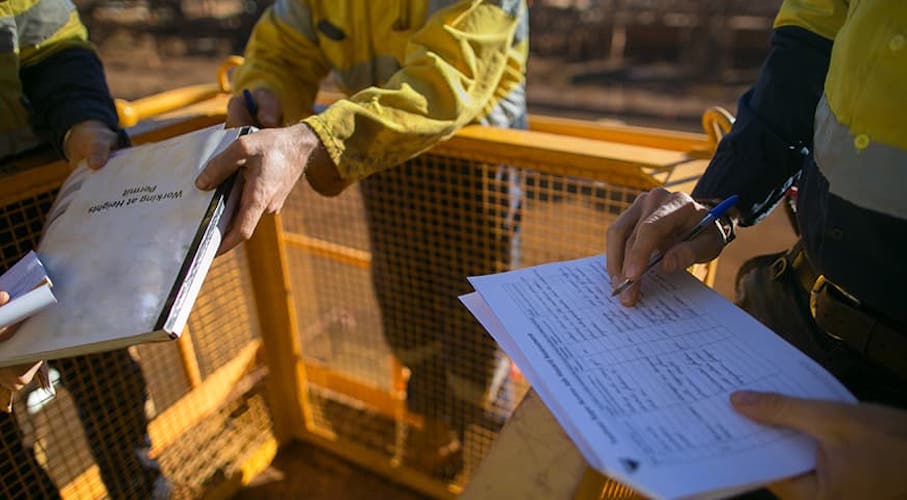
- Pathway 1: Design, engineering, technical and maintenance flaws
- Pathway 4: Failures in safety management systems
- Pathway 5: Failures in Auditing
- Pathway 9: Poor management – worker communication and trust
To be able to pin down these four areas of concern, the researchers surveyed more than 2000 mining company employees from 2017-2019 to gain their perceptions of workplace safety and injury risk. Once this phase was completed, they compared the worker questionnaire results to actual workplace fatalities to see if the way people perceived the injury risk at their workplace aligned with the results of the incidents.
In most cases, they found that survey respondents with leadership roles, such as superintendents and managers, scored their organization’s performance higher than employees in frontline positions.
In a paper published in the journal Safety Science, the scientists point out that their results suggest communication and cultural issues, which could have serious ramifications.
“It highlights potentially dangerous gaps between employee expectations of management – such as prioritizing worker safety – and reality,” Tanya Jenke, lead author of the study, said in a media statement. “Additionally, those in leadership roles perceived a better worker relationship compared to employees in the front line. Mining organizations need to ensure systems and processes are in place to foster a collaborative and transparent work environment.”
The study “highlights potentially dangerous gaps between employee expectations of management – such as prioritizing worker safety – and reality”
Tanya Jenke, lead author
The study also noted significant differences in responses from those based in Perth and workers in other regions of Western Australia, with regional respondents attributing lower scores than their city-based counterparts.
“This possibly indicates a disconnect between operating sites and head office,” Jenke said. “It may illustrate a difference between work as planned by the corporate office, versus work as done by the operations.”
Although not all 10 pathways were identified in the WA case study, the researcher believes this may have been due to how incidents were reported.
“We suggest that this may be a result of data on these pathways were not captured as part of the Fatality Register assessment and that they are contributing to fatalities,” Jenke said. “Given that four pathways were most prominent in the DMIRS Fatalities Register and the remaining six were not, it is argued the type of information required for reporting does not require an organization to publicly address all ten pathways.”
Given this state of affairs, Jenke and her colleagues recommend that benchmarking safety performance, incident investigations, and reviews of the effectiveness of safety management systems include an examination and verification of each organization’s response to the Ten Pathways, a relatively straightforward task that may highlight latent issues or weaknesses that may otherwise remain undetected.
“We aimed to assist the West Australian mining industry in learning from past fatalities and to provide direction for controlling fatality risks in the future,” Jenke said. “The simplicity of the Ten Pathways makes them a valuable risk communication tool, and could readily be used to commence discussions, for example at safety meetings, or implemented in a reporting tool to allow companies to learn about safety matters more effectively.”




